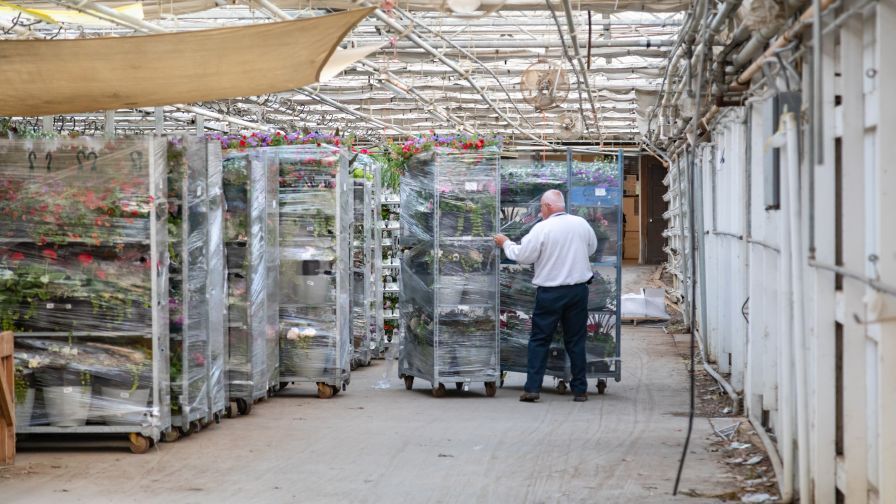
Protecting plants and equipment within a greenhouse | Hortica
As we approach the end of the year, now’s the perfect time to plan for the future of your greenhouse business — especially when it comes to your insurance coverage. Making sure your business is protected for 2025 starts with a simple conversation with your insurer.
Let’s look at why now is the right time to review your coverage, what changes in your business may require updates, and some often-overlooked policies that could help strengthen your protection.
Begin Planning Now for 2025
Taking steps to update your coverage now for next year can help you with:
- Coverage gaps: Proactive risk management can help identify and address gaps in your coverages before they become problems.
- Budget planning: Accurately forecast insurance costs for 2025.
- Market advances: Explore your options. For instance, are there exposures you can self-insure against to save premium dollars?
- Compliance: Stay ahead of regulatory changes that may affect your coverage.
- Tailored protection: Ensure your insurance aligns with your current business needs and situation — and accounts for recent or planned growth.
Keep Your Insurance Up to Date as Your Business Changes
As your business grows and evolves, your insurance should reflect that. Here are some common business changes that can impact your coverage in 2025 and beyond:
- Adding or reducing employees: More employees bring additional exposure to injuries. This could impact your workers’ compensation costs.
- Building new structures: If you’ve added new buildings or greenhouses, make sure they’re included in your policy. In turn, advise your provider of any updates to existing structures or removal of previously listed structures.
- Introducing new products: Offering new products can bring new risks. Make sure your product liability coverage extends to these new items.
- Changing your services: Adding new services, like delivery or landscape installation, could translate to needing additional coverage, such as commercial auto insurance.
- Moving to a new location: The new geographical location and physical attributes of your business premises can lead to different levels and types of insurance protection.
- Buying new equipment: Not only do you want your new equipment covered, but your policy limits should also reflect the cost of the new equipment.
Often-Overlooked Risks to Consider
Every year brings new challenges that can affect your business. For example:
- Weather pattern changes can lead to more frequent severe storms and greater risk for property damage and interruption to your day-to-day business. A business continuity plan and business income insurance can help with that.
- Economic downturns, like a recession, might mean fewer customers walking through your greenhouse.
- New laws could require you to change how you handle and store customer data.
- Cyberattacks or technology breakdowns could shut down your operation for days.
These aren’t hypothetical scenarios. They’re challenges I see businesses face every day. If you’re not prepared, the consequences could be costly — not only in terms of money but also in lost customers or even the future of your business.
That’s why it’s important to meet regularly with your insurance provider to review and update your coverage to reflect your current needs and risks.
Additional Coverages to Consider for Greenhouses
Along with updating your current coverages, consider additional options to safeguard your unique operations. Some greenhouse business insurance options include:
- Cyber liability: In today’s digital world, even greenhouses are susceptible to cybercrime. Cyber liability insurance can help protect your business from data breaches, ransomware attacks, and other digital threats, covering costs for related expenses such as:
- Legal defense
- Notification costs
- Crisis communication
- Credit monitoring
- Commercial auto: If you deliver or transport plants and materials, commercial auto insurance can provide comprehensive coverage for your vehicles. This includes protection for injury, property damage, and collision claims.
- Employment practices liability insurance (EPLI): Given the potential for labor disputes or workplace incidents in the agricultural sector, EPLI can help protect your business from claims related to:
- Wrongful termination
- Discrimination
- Workplace harassment
- Retaliation
Taking the Next Step Toward Insurance Coverage
Don’t wait until it’s time to renew your policy to determine whether you’re properly covered. Set up a meeting with your insurance agent or local expert to ensure your business is properly covered and ready for whatever 2025 brings. You can use the tips above to help get that conversation started.

